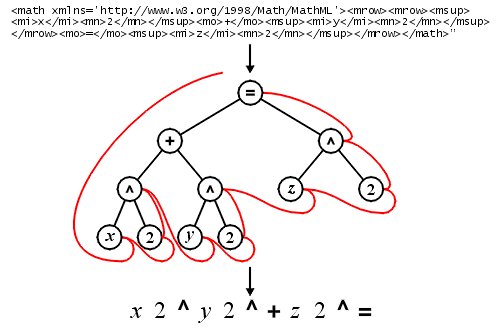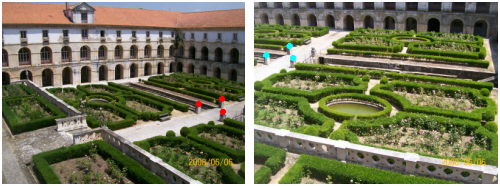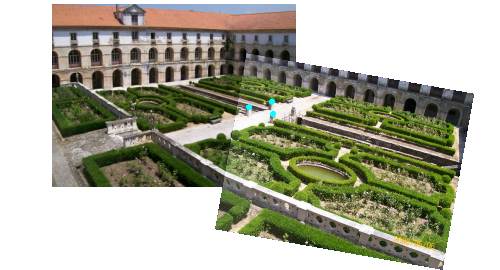The introduction allows the speaker to welcome the audience, give the audience a guide as to the flow of the presentation, give sufficient background (the audience is not able to refer to any reference material), and finally introduce the premise of the presentation.
The introduction is broken into:
A text book has cover and a table of contents, and readers are welcome to flip through the book at their leisure referring to the table of contents only if necessary. In a technical presentation, the audience has no such references, and consequently, it is necessary that each technical presentation begins with a welcome.
The first slide in any technical presentation should be a title slide which contains the title of the presentation and information about the speaker. For the Technical Presentation Proficiency Examination, this should be in one of two formats: If the presentation is based on a previous Co-op Work Term placement, the title slide will contain the following personal identification block:
|
Title First_Name Last_Name Position within Company Company Name 2A|B Candidate for B.A.Sc. in Electrical|Computer Engineering Date of Presentation |
For a presentation based on self-study topic, the title slide will contain the following personal identification block:
|
Title First_Name Last_Name Department of Electrical and Computer Engineering University of Waterloo 2A|B Candidate for B.A.Sc. in Electrical|Computer Engineering Date of Presentation |
While this slide is visible, the speaker should look at the audience and simply state the title of the presentation, introduce himself or herself, and give the context: which project, company, or or organization with which the presentation is associated.
Next is the outline slide which is essentially the table of contents for the presentation.
Some speakers will list the table of contents on each slide, highlighting the current location within the talk. This is demonstrated in Figure 2, however this has serious drawbacks: it limits the space available on each slide, and it places a never-ending focus on the location within the presentation.

Figure 2. A table of contents repeated on each slide.
One of the many differences between a technical report and a technical presentation is the ability of the audience (the reader) to research and review in the first case and the absolute inability to do so in the second. Consequently, the speaker must provide sufficient background information which should include:
This is not the time to teach any information in detail, it is only necessary to give a brief overview.
For example, a technical presentation on parsing MathML (an HTML-like XML for describing mathematical equations) requires that the audience be familiar with expression trees. The evaluation of expression trees is done by performing a post-order depth-first traversal. It is not necessary for the audience to understand the details of the implementation (the use of a stack, the recursive nature of the traversal, etc.), and a simple image may be used instead, as is shown in Figure 3.

Figure 3. MathML, the corresponding parse tree, a post-order traversal and the resulting reverse-Polish notation.
As another example, consider the problem of merging two photographs. This requires that the appropriate linear transformation be found which maps one image onto the other. This could be explained with a significant amount of mathematics which finds the linear transformation of the form x → Ax + b, however, the audience will gain little further understanding. Instead, consider Figure 4 which identifies three points in common to both photographs (in this case, the spheres on three of the central pillars).

Figure 5. Three points in common to both images from a garden within the Monastery of Alcobaça, Portugal.
With three points, it is a straight-forward exercise in linear algebra to find the transformation which maps one set of points to the other. This can therefore be done algorithmically and the two photographs can be merged together.

Figure 6. The two photographs merged together after the transformation is applied to the right image.
Due to the nature of the photograph, this cannot be exact everywhere, but it is a reasonable approximation. It is simpler to do this with more distant objects, for example, stars (see RegiStar).
In both of these examples, we have seen how seemingly difficult concepts can be covered briefly and in such a manner that most audience members could easily grasp what is required, even if they are not aware of all of the details.
Having given sufficient background, it is now the appropriate time to go further into detail about the purpose of the presentation. A statement of what will be covered in the body of the presentation together with a briefer overview as to how the topic will be supported.